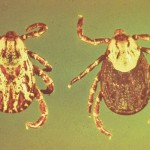Little is known about the impact of parasites on Canadian cattle production. But one thing is sure — resistance to the medication used to treat these parasites is growing. “There’s a lack of local information and a lack of information on parasites in Canada. That’s a problem,” John Gilleard, professor of parasitology in the University





